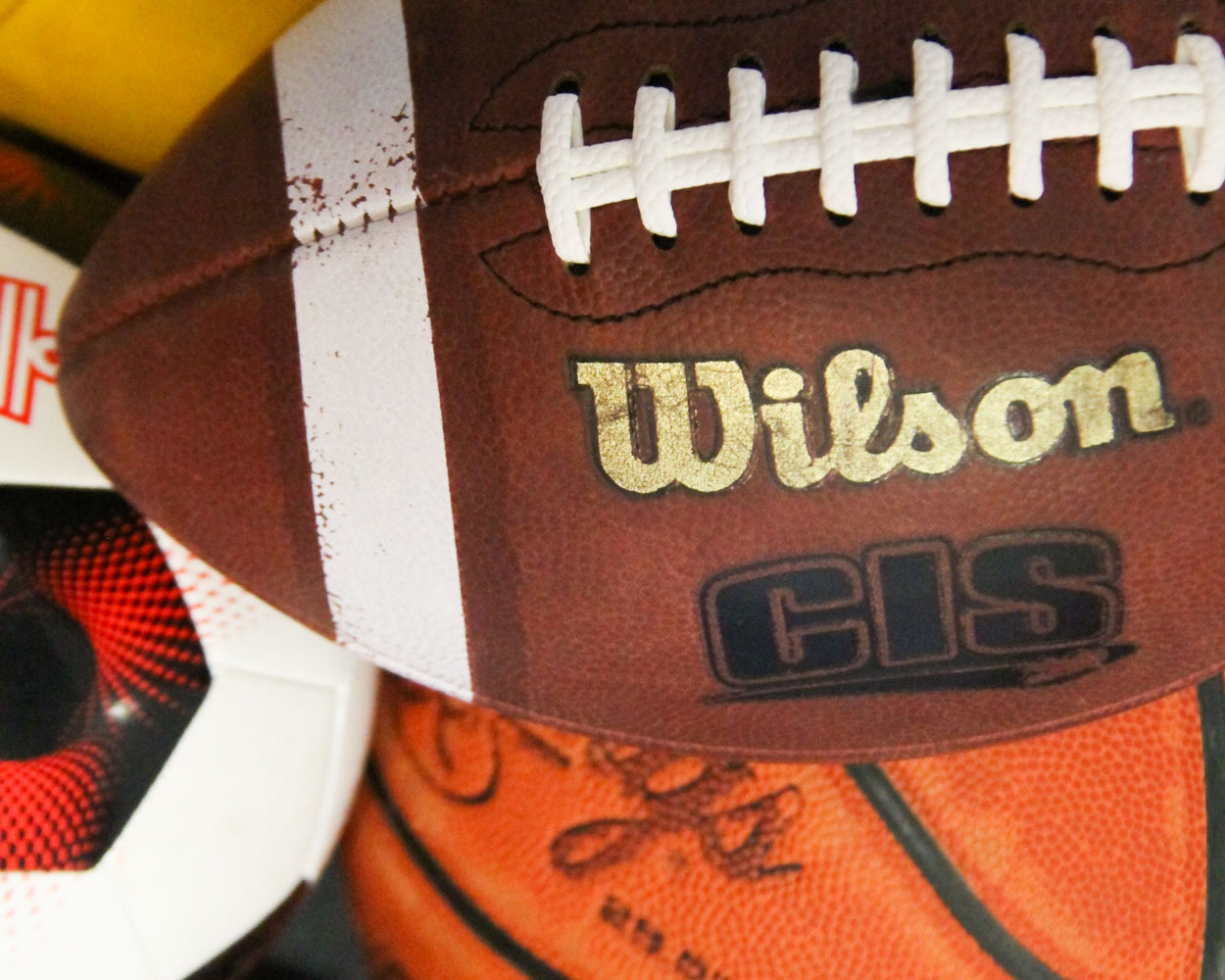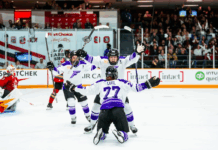You may have first heard the term ‘varsity’ in the hallways of your high school, or perhaps in a teenage chick flick as a someone swoons over the heartthrob on the varsity football team.
But, as you stare at the bulletin boards around campus advertising the various varsity teams at Carleton, what exactly does ‘varsity’ mean?
Varsity versus club status
At Carleton, there are 250 athletes competing at the U Sports level and 508 athletes at the competitive club level. Each year, different teams of athletes can go through an application process to attain varsity status.
“We have [Ontario University Athletics] OUA level sports that can compete for an OUA provincial banner, and then the U Sports level which those sports have a national championship recognized by our national governing body,” said Jennifer Brenning, Carleton’s director of recreation and athletics.
A team that wishes to be recognized as a club can apply for club status in March, and will then be reviewed. The clubs commissioner then evaluates each application based on seven criteria. These include things like financial stability, that membership be open to all students on campus, and that the club displays responsible leadership, or has a certified/licensed coach.
“Say it’s volleyball, we don’t have volleyball at Carleton,” Brenning said. “So they would come in as a club and compete locally.”
In order to deliver a quality national level or varsity volleyball team, Brenning explained that Carleton would then go over the requirements and analyze whether volleyball could fulfill them. The requirements would be full-time coaching, having facility time, therapy, administrative support, game day support, all of which would require funding.
“It would be probably $200,000 a year in order to do that,” Brenning said.
What’s it like for players
Anastasia Bourka, a second-year women’s rugby player, explained that as a varsity athlete, she has to be fully committed to the program. In the summer she and her teammates are required to play for a club team. The rugby season starts in the late summer and the first game usually falls on the first weekend of September. Before the season starts there is a two-week training camp for the athletes.
The training sessions are set from 4 to 6 p.m., and continue until November. Varsity athletes also have access to the High Performance Gym.
Bourka explained varsity athletes must also be enrolled in a minimum of three classes per semester, and instructors are required to accommodate the athletes, but the athletes are responsible to give a week’s notice at the least.
“It’s just time management, a lot of times you’re tired after practice, but you find a way and if you don’t you will be ineligible to play because you don’t have the grades,” she said.
Bourka said being a varsity athlete has made her organized and even better at managing her time, being able to add even more to her plate.
One of the 18 competitive club teams at Carleton is lacrosse.
“We carry ourselves as a varsity team and all the other teams in our division are varsity,” said Colin Olinik, a second-year lacrosse player.
Similar to varsity teams, Olinik explained that most of his teammates, including himself, go on to play an indoor league during the summer just as it would be required for a varsity athlete to participate in a summer club league.
“In the summer everyone goes back to playing indoor or [box] lacrosse,” Olinik said.
Although lacrosse is officially a club team, they compete at a national level in the Canadian University Field Lacrosse Association (CUFLA), and are one of the seven teams in the Eastern division. The division champions face off against the champion from the West division, so the team also competes at a national championship level.
Similar to other competitive clubs at Carleton such as alpine skiing, equestrian, figure skating, tennis, or ringette, lacrosse has to pay for their own expenses and or go after their own sponsors.
“We all work part-time jobs, we’re paying for own equipment. If it was varsity it would make it a lot easier,” Olinik said.
Another challenge with being a club team at Carleton is that the coaching staff is made up of volunteers who help out on their own time.
Olinik also explained it can be harder to organize practices because it can be difficult to get access to field space and practice times.
“I manage everything through keeping myself organized and setting days of when I can work and dedicating other time to practice,” Olinik said.
Gaining varsity status
Brenning explained there is a process by which a team can reach varsity status.
According to Brenning, universities across Canada have different funding models. She added that each year, students’ ancillary fees make up 38 per cent of the revenue and the other funds must be generated to pay for the varsity programs. This money goes towards operational costs, maintenance, capital projects, staffing costs, equipment, and travel.
“We had to have the revenue to offer the programs and football has a self-funded model, so they were alumni donations. As a department we wouldn’t be able to afford to deliver that program with the current funding model,” Brenning said.
Brenning explained the second part of the process is that a team willing to participate at the varsity level should do so with an understanding they will be competing at a national level.
“The funding then would require the right coaching, equipment, a locker room and a stadium, and the proper therapy and all the things required at the football program,” Brenning said.
For example, the Alumni Committee wanted to see the football program return, so it set a $5 million target, which also supported the establishment of the varsity women’s rugby program.
If the team’s application goes through as a varsity team, Carleton has a policy that a team of the opposite gender must also join in becoming a varsity team, which is why women’s rugby was introduced at the same time as football.
Photo by Meagan Casalino






